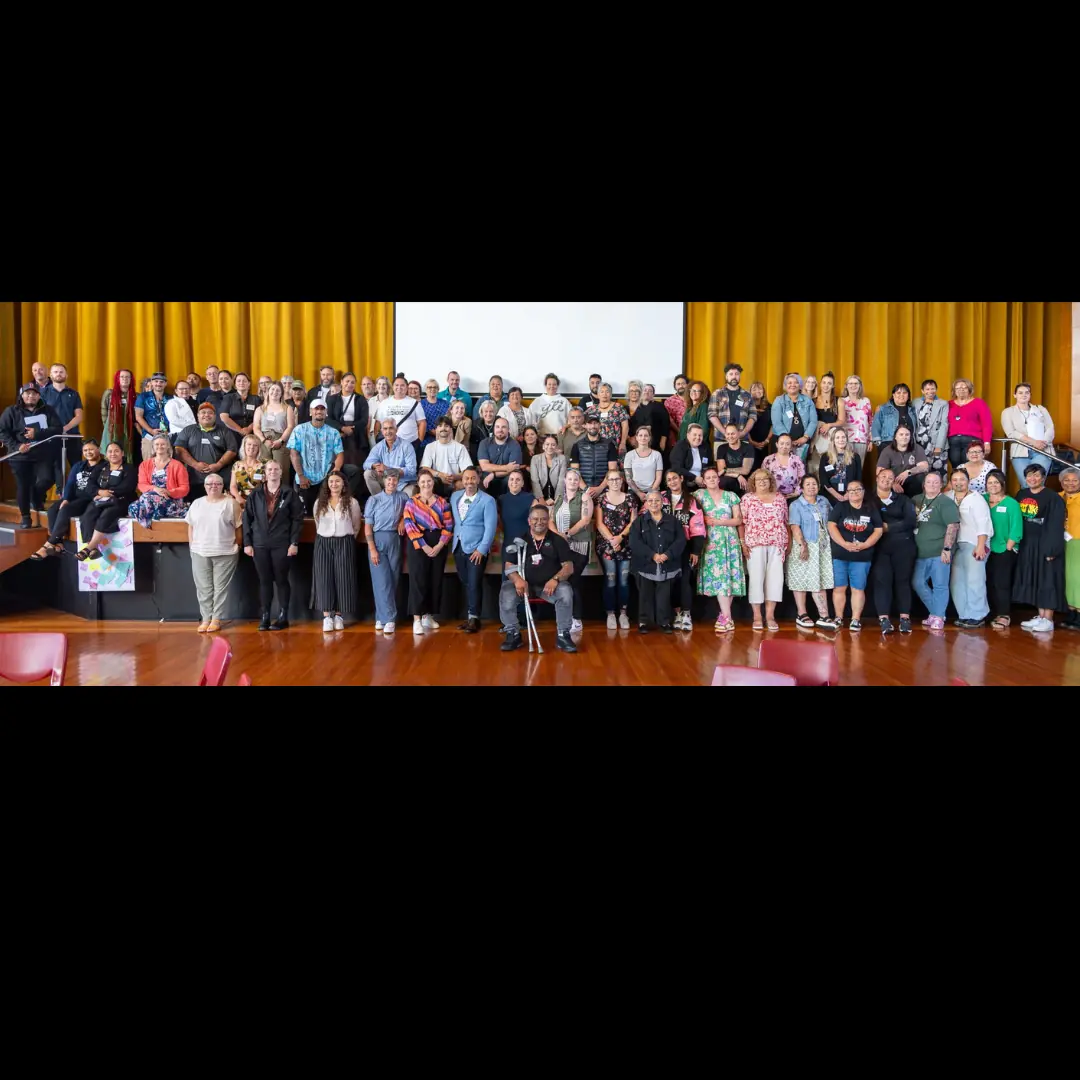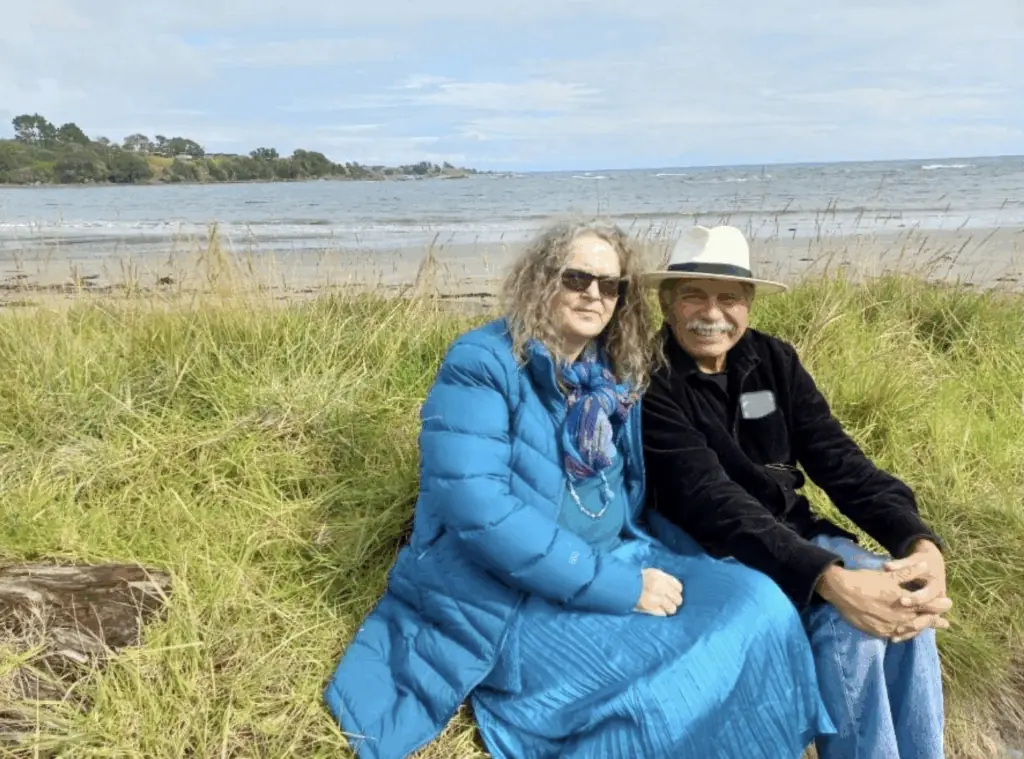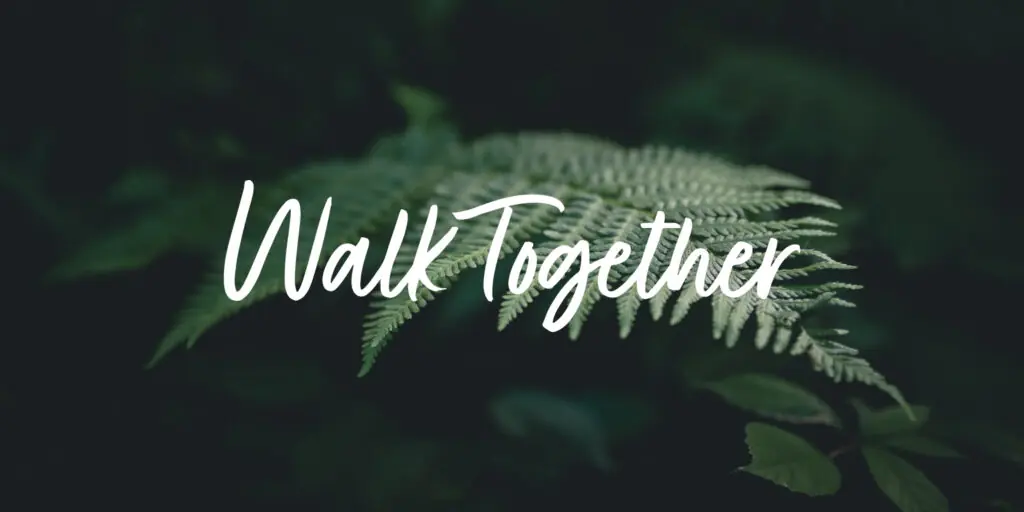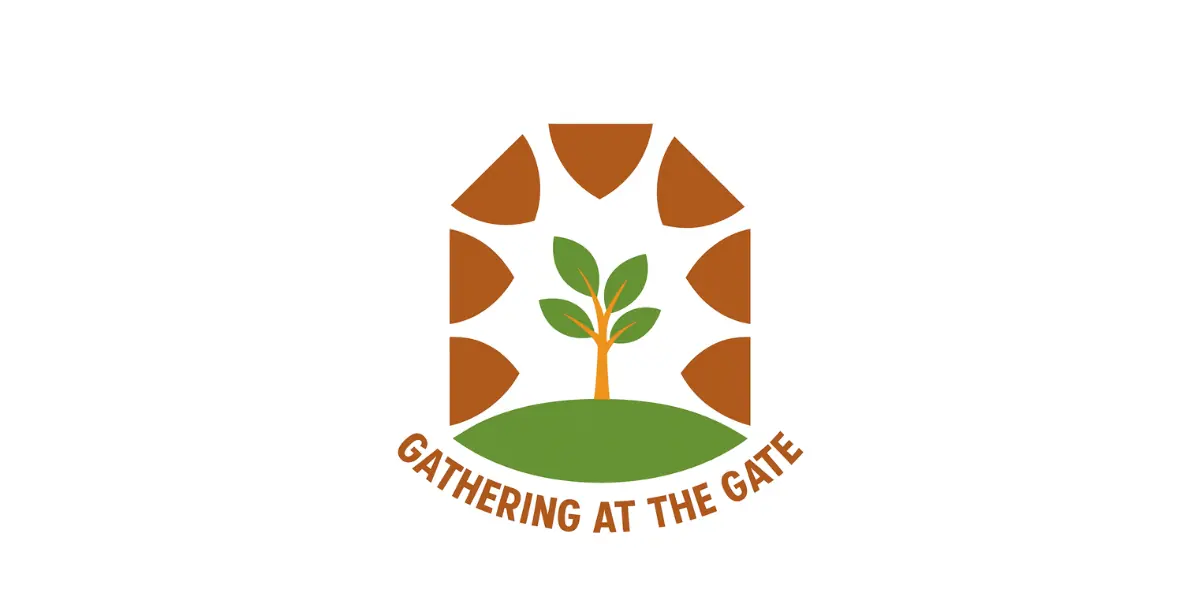Matapiata | Toxic Stress
Published:
August 20, 2025

Growing Collective Wellbeing with Healthy Families Whanganui Rangitīkei Ruapehu.
Can you tell us about the mahi you’re leading and the impact you’re seeing in your community?
What we’re leading:
We’re spearheading work grounded in the Growing Collective Wellbeing: Regional Suicide Prevention Strategy, particularly tackling toxic stress in the Whanganui region. This isn’t just about reaction; it’s a transformative, community-led movement focused on preventing harm before it escalates by reinforcing wellbeing at the grassroots.
Why Whanganui and why toxic stress?
Toxic stress is more than daily worries, it arises when whānau face persistent pressures like poverty, housing instability, or discrimination. This stress accumulates and can disrupt brain development, physical health, learning, and connection to community well into adulthood. Understanding this, our region has taken proactive steps: over the past six months, we brought together community leaders, schools, iwi groups, service providers, and grassroots voices to talk openly about toxic stress, and we’ve transformed those discussions into real change.
Innovation & Research: Collaboration with Point and Associates
We’re fortunate to have Alex Woodley and Nadine Metzger from Point contributing to our work.
Alex Woodley is a principal researcher with two decades of experience in both statistical and qualitative methodologies. She is passionate about developmental evaluation—working with partners to tackle big, “wicked” social challenges collaboratively.
Nadine Metzger, whose work spans evaluation, reflection, and equity-focused research, has contributed critical insights into how we understand and co-design responses, particularly in early support systems like “First 1000 Days” and co-design projects that lift community voices.
Together, they lead research that helped demonstrate how even small stressors, when removed, can significantly improve coping, executive functioning, and wellbeing in whānau . Their facilitation during our Toxic Stress Workshop Series has been instrumental in shifting awareness into tangible strategies for our community’s resilience-building.
Impact: Collective Impact & Movement Building in Our Rohe
Creating Momentum through Collective Impact:
Our symposiums and workshops have convened over eighty-five people representing more than fifty organisations, from health, education, justice, iwi, to grassroots groups, all united around reducing toxic stress. This network isn’t symbolic, it’s the engine for real systems change.
Turning Insights into Action:
– We’ve created spaces for honest kōrero about systemic challenges and possibilities.
– We’ve shifted the paradigm: prevention must come before crisis. The solutions aren’t just in clinics, they’re found in the collective strength of community, culture, and connection
Where We’re Seeing Impact:
– A growing shift toward community-led solutions grounded in whānau realities.
– Enhanced local capacity in prevention and early intervention, focusing on strengths, resilience, and culturally-informed support.
– A strengthened vision across sectors to dismantle root causes, like inequality and discrimination—rather than just managing symptoms.
Summary:
– Our kaupapa: Tackling toxic stress in Whanganui through community-led, preventative action.
– Research partners: Alex Woodley and Nadine Metzger from Point bring rigorous, reflective, and collaborative approaches, guiding us to deeply contextual and practical insights.
– Impact: A Growing Collective Wellbeing movement, anchored in prevention, trusted relationships, and empowerment, strengthening the path toward true oranga for our whānau and communities.
What drew you to this kaupapa, and how has your journey shaped the way you approach this work?
Innovation & Research leads systems change in ways that are grounded in community voice, equity, and prevention. The Growing Collective Wellbeing: Regional Suicide Prevention Strategy provides the platform for that in the context of this mahi, as toxic stress emerged as a clear priority from our co-design process. It is one of 11 initiatives in the strategy because it addresses a root cause of distress and suicide risk in our rohe.
Why toxic stress in Whanganui:
Through hui, wānanga, and lived experience stories, we heard that many whānau are carrying the constant weight of prolonged, extreme pressures, poverty, insecure housing, violence, discrimination, and intergenerational trauma. This is toxic stress: it doesn’t fade with time, but compounds and impacts mental, physical, emotional, and spiritual wellbeing. We are focusing on it because prevention must go beyond services, it requires transforming the systems and environments that create these pressures.
Collaboration with Point:
We work alongside Alex Woodley and Nadine Metzger from Point, who bring deep expertise in developmental evaluation, systems change, and equity-led approaches. Their role has been pivotal in helping us turn insights into clear strategies, align diverse stakeholders, and ensure our mahi is continually informed by lived experience and measurable impact.
Our commitment to collective impact:
As Innovation & Research, our role is to backbone movements that can create lasting change. We bring people together across sectors, connect local knowledge with research, and ensure the kaupapa stays grounded in community realities. Collective impact for us means high trust, shared accountability, and working as one system rather than in silos. Already, more than 51 organisations have joined the movement to reduce toxic stress in Whanganui, showing the power of collective action to lift the wellbeing of our whānau and communities.
What do you love most about this mahi?
What we value most is that this mahi is driven from the ground up. It starts with whānau voice, lived experience, and the realities of our communities, not from a pre-set programme or top-down plan.
From a design thinking perspective, it’s about being curious first, listening deeply, understanding the challenges in context, and co-creating solutions alongside the people most affected. The solutions we are seeing emerge aren’t designed in isolation; they are community-led, culturally grounded, and tested in real life to make sure they work where people live, learn, work, and play.
We love the agility of this work, being able to prototype, learn, and adapt quickly so that the mahi stays relevant and impactful. And we love seeing the collective energy that comes when grass-roots leadership, local organisations, and systems partners work together.
Most of all, what excites us is that this isn’t just service change, it’s systems change. It’s shifting mindsets, language, and relationships so that prevention and wellbeing become everyone’s responsibility. That’s where we believe the most enduring impact will come for our whānau.
What are some of the most powerful stories or transformation you’ve witnessed through your work?
One of the most impactful shifts we’ve seen is among kaimahi working on the frontlines. Many have said that, before this mahi, they could see whānau under extreme, prolonged pressure but didn’t have the words to describe it. Now, understanding toxic stress has given them a language and a framework to name what they’re seeing. That shift has been powerful, it moves the conversation from “something’s wrong with this person” to “look at what’s happening around them and how it’s affecting their wellbeing.”
We’ve also recognised that many people, especially in indigenous and kaupapa Māori spaces, are already working every day to reduce toxic stress. They create safe spaces, strengthen identity, and build connection, often without realising their mahi directly addresses toxic stress. Naming it has helped them see the broader systemic value of what they do and given them a way to connect their mahi into a bigger movement.
At the Toxic Stress Symposium, we saw connections spark in real time. Attendees from different sectors, health, education, justice, grassroots groups, shared openly, found common ground, and began building relationships. Several stood up and declared their commitment to being part of the movement. That’s when we knew this was bigger than an initiative it was becoming a collective force for change in our rohe.
What have the challenges been?
Root causes are systemic: Toxic stress stems from poverty, housing insecurity, discrimination, and inequities. Tackling these pressures goes beyond individual or service-level interventions, requiring long-term, community-wide transformation.
What’s one whakaaro or piece of advice you’d give to others working in this space who want to create meaningful change?
“Even small changes can make a big difference, removing one persistent pressure in a whānau’s life can significantly reduce toxic stress.”
By easing just one ongoing source of pressure, whānau can gain a sense of safety and stability, which strengthens wellbeing, resilience, relationships, and the ability to manage other challenges. This highlights that prevention doesn’t always mean fixing everything at once; addressing one key stressor can create ripple effects for whānau.
Growing-Collective-Wellbeing-Regional-Suicide-Prevention-Strategy
On the 18th of September, Whāriki hosted the team from Healthy Families Whanganui Rangitīkei Ruapehu for a fantastic He Aka Hui on Toxic Stress. If you missed the hui, or want to rewatch it, you’ll find the recording below.


